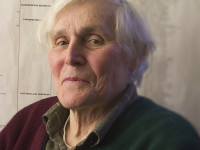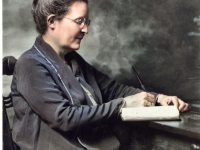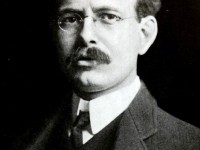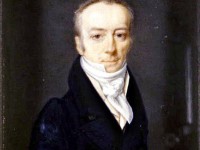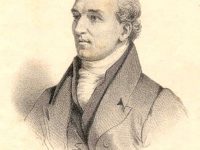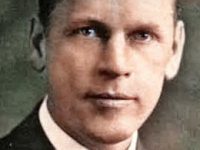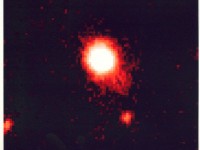The Apollo-Soyuz Test Project
On July 17, 1975, the US-American Apollo Command/Service Module docked with the Soviet Soyuz 19 in the course of the Apollo–Soyuz Test Project, the first joint U.S.–Soviet space flight, as a symbol of the policy of détente that the two superpowers were pursuing at the time. Cold War – Automated vs Human Control Due to the tense relations between the United States and the Soviet Union, space cooperation between both countries was…
Read more


